As industries across logistics, manufacturing, and warehousing increasingly shift toward automation, the demand for high-speed material handling has grown rapidly. Robotics play a pivotal role in meeting these demands, allowing for faster, safer, and more accurate movement of goods. But with so many robot types in operation, what type of robot is most common for high-speed material handling?
The answer: Delta robots, also known as parallel robots, are widely recognized as the most common choice for ultra-fast, lightweight material handling applications—especially in industries that demand speed and precision.
This article explores delta robots and other key robotic systems used in high-speed material handling, their advantages, and how they integrate with modern material handling equipment infrastructures.
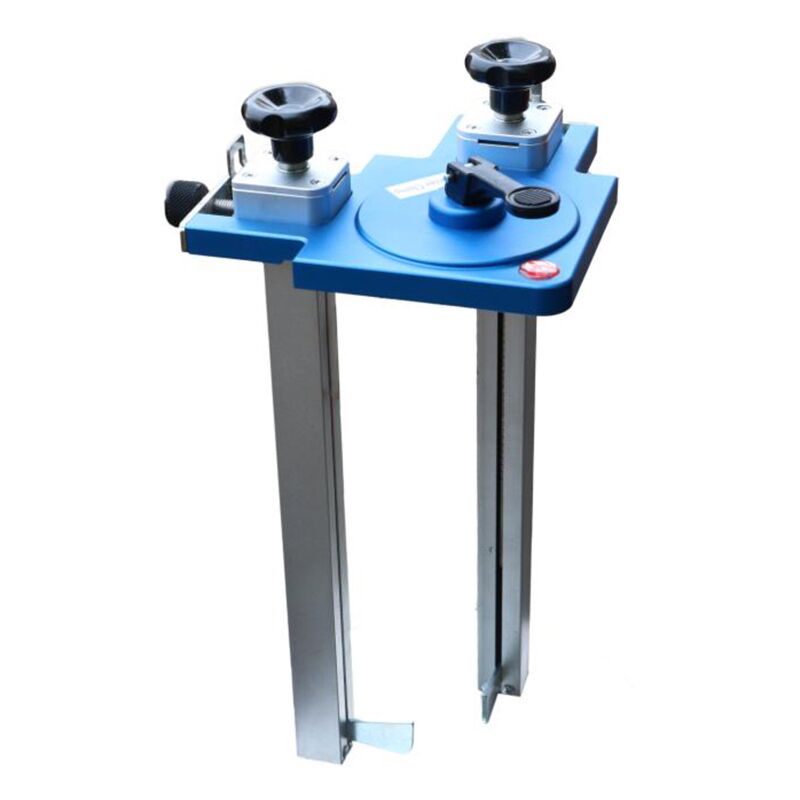
Table of Contents
ToggleThe Evolution of Material Handling Robotics
Material handling has come a long way from manual carts and forklifts. While traditional manual material handling tools still have their place in low-volume operations, businesses striving for efficiency have turned to automated material handling systems.
This shift includes:
- High-speed picking
- Rapid sorting
- Real-time object detection
- Autonomous inventory movement
The adoption of robotic systems has transformed operations in warehouse material handling equipment, pharmaceutical material handling systems, and material handling in logistics.
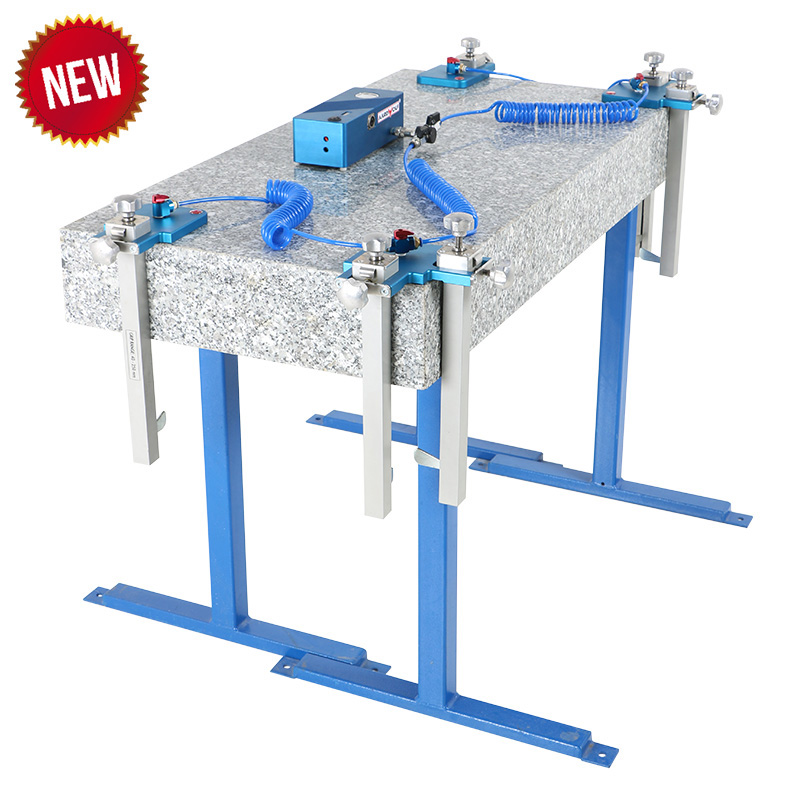
Delta Robots: The Go-To for Speed and Precision
Delta robots feature a spider-like, parallel-arm design and are mounted overhead. Their lightweight structure and low inertia enable rapid movements—making them ideal for:
- Sorting small packages
- Handling lightweight products on conveyor belts
- High-speed assembly
- Food and pharmaceutical product handling
Their ability to perform pick-and-place operations at up to 300+ movements per minute makes them indispensable in high-throughput environments.
Key Benefits of Delta Robots in Material Handling:
- Exceptional speed with minimal vibration
- High positional accuracy
- Compact overhead mounting frees up floor space
- Integration with vision systems for real-time adjustments
🔗 What Robot Component Functions Like a Human Hand to Perform Tasks Such as Material Handling?
Other Common Robots in High-Speed Material Handling
While delta robots dominate in speed, other robotic types play crucial roles across different applications:
1. SCARA Robots (Selective Compliance Assembly Robot Arm)
Used in high-speed operations where horizontal movement is dominant—such as electronics and packaging.
Ideal For:
- Rapid placement of small parts
- Carton assembly
- Lightweight palletizing
2. Articulated Robots
These are versatile multi-joint arms that mimic human movement. Though slightly slower than delta robots, they offer higher payload capacity and a broader range of motion.
Applications:
- Granite countertop installation tasks requiring precision
🔗 Granite Countertop Installation - Automated loading/unloading
- Tool handling and inspection
3. Automated Guided Vehicles (AGVs)
While not robots in the conventional sense, AGVs automate transport across facilities, minimizing manual handling and increasing efficiency.
They complement robotic arms by moving materials between workstations.
Integration with Material Handling Infrastructure
For robotics to deliver maximum value, they must be seamlessly integrated into existing workflows and infrastructure such as:
- Conveyors for material handling
- Overhead material handling systems
- Cranes and hoists
- Vacuum lifters
🔗 Vacuum Lifters - Slab lifters for heavy-duty use
🔗 Aardwolf Slab Lifters
Industry Applications: Where Speed Matters Most
🏬 Material Handling in Warehouses
Robots accelerate order picking, returns processing, and inventory replenishment in e-commerce hubs and distribution centers.
🏭 Material Handling for Manufacturing
High-speed robots automate repetitive tasks like component assembly, product inspection, and packaging.
🍽 Material Handling in Food Industry
Delta and SCARA robots handle fragile or perishable goods with minimal contact and exceptional hygiene standards.
💊 Pharmaceutical Handling Systems
Precision and speed are essential in pharma logistics—especially when dealing with thousands of SKUs or temperature-sensitive products.
Safety and Workforce Transformation
While robotic systems reduce human involvement in repetitive tasks, it’s important to:
- Train employees through material handling training programs
- Implement material handling safety standards
- Enforce dress codes and PPE
🔗 Loose Clothing Is Best to Wear When Handling Material?
🔗 How Does Material Handling Impact the Human Labor Force?
Choosing the Right Robotic Solution
When selecting the best robot for your facility, consider the following:
| Factor | Recommendation |
|---|---|
| Speed requirement | Delta robot or SCARA robot |
| Payload size | Articulated arm robot |
| Floor space limitation | Overhead or wall-mounted systems |
| Product variability | Adaptive grippers and vision-guided robots |
| Budget | Explore used material handling equipment for sale and low-cost material handling solutions for small businesses |
Also, consult trusted material handling system suppliers to help with material handling system design considerations and integration planning.
Final Thoughts
So, what type of robot is most common for high-speed material handling? The clear answer is the delta robot—designed for agility, speed, and accuracy. When paired with supporting systems like conveyors, AGVs, and intelligent software, delta and other robots are transforming how industries manage throughput and labor efficiency.
If your business handles high product volumes with a demand for accuracy and speed, now is the time to evaluate your automated vs manual material handling mix and embrace robotic innovation.

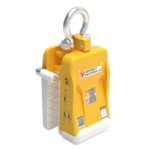
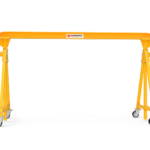
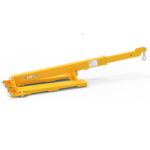
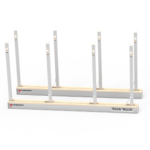
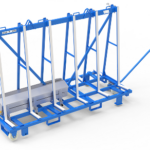
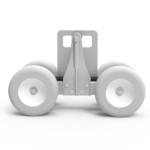
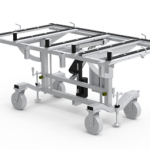
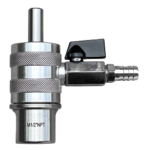
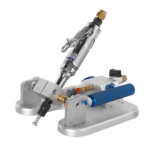
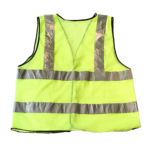

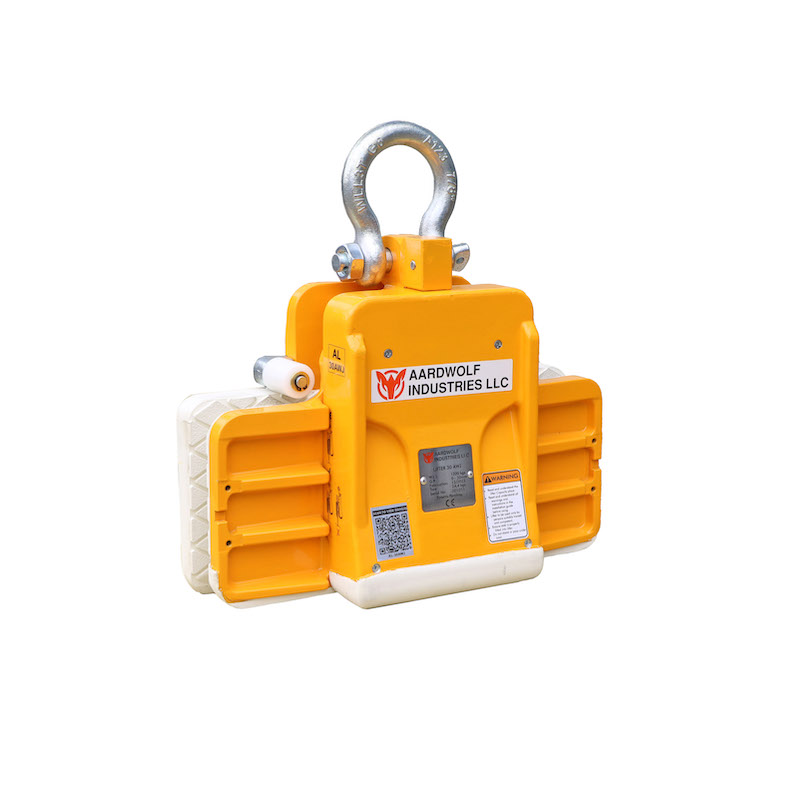
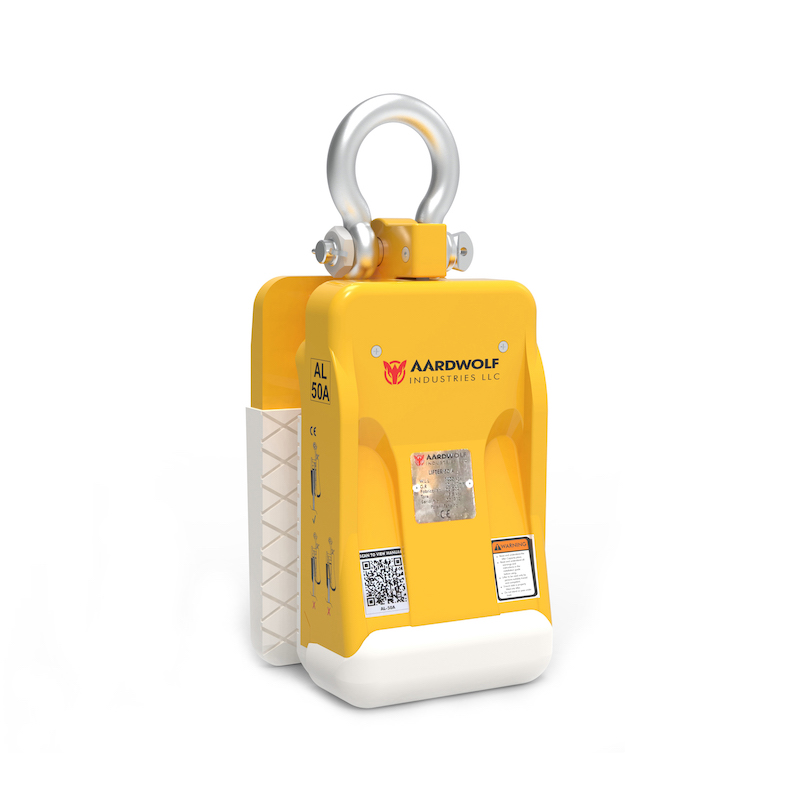
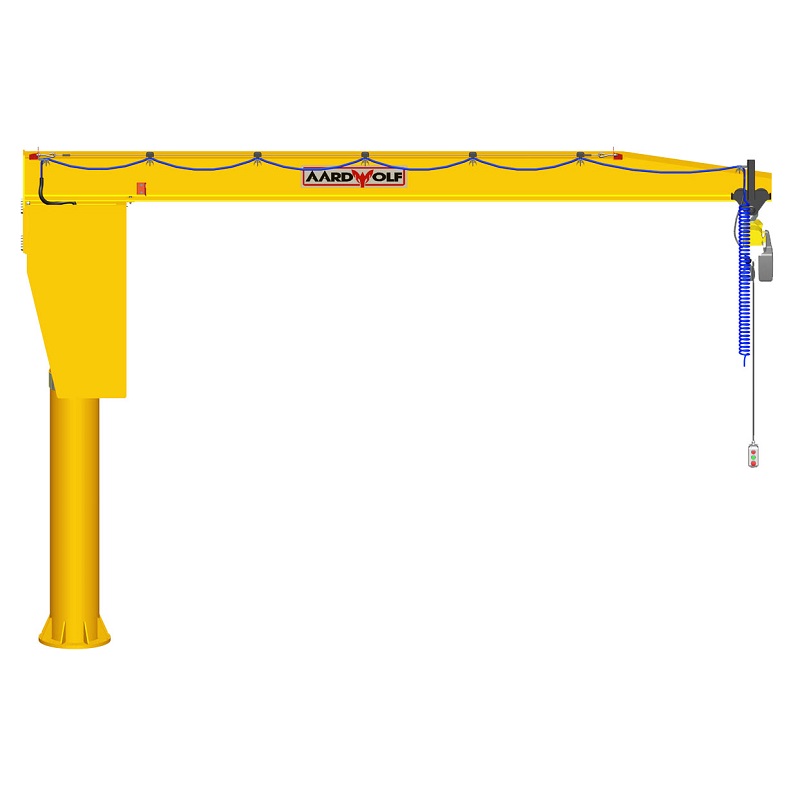
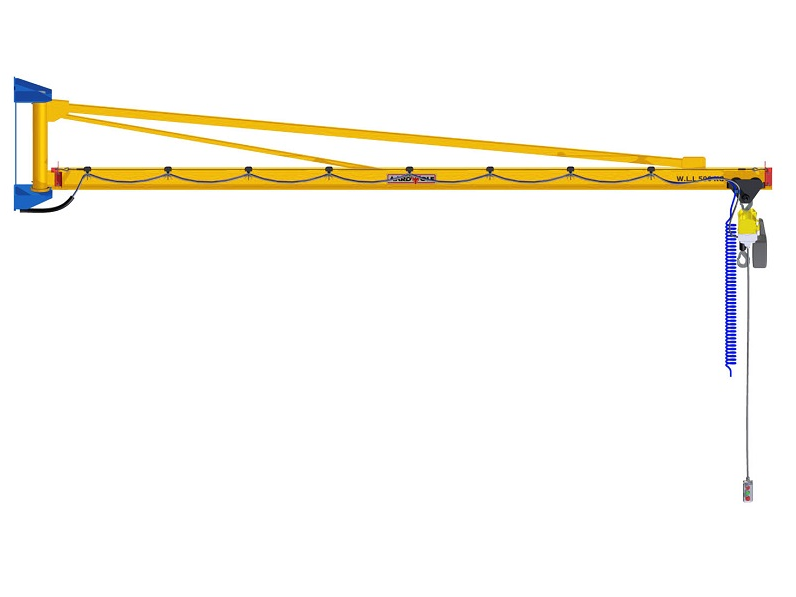

Please log in to leave a comment.